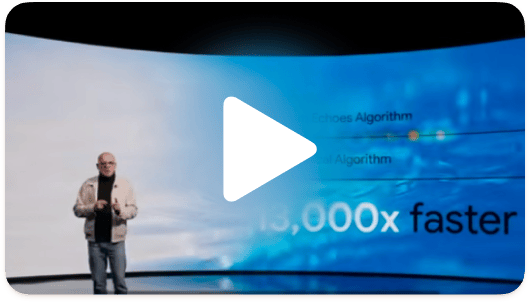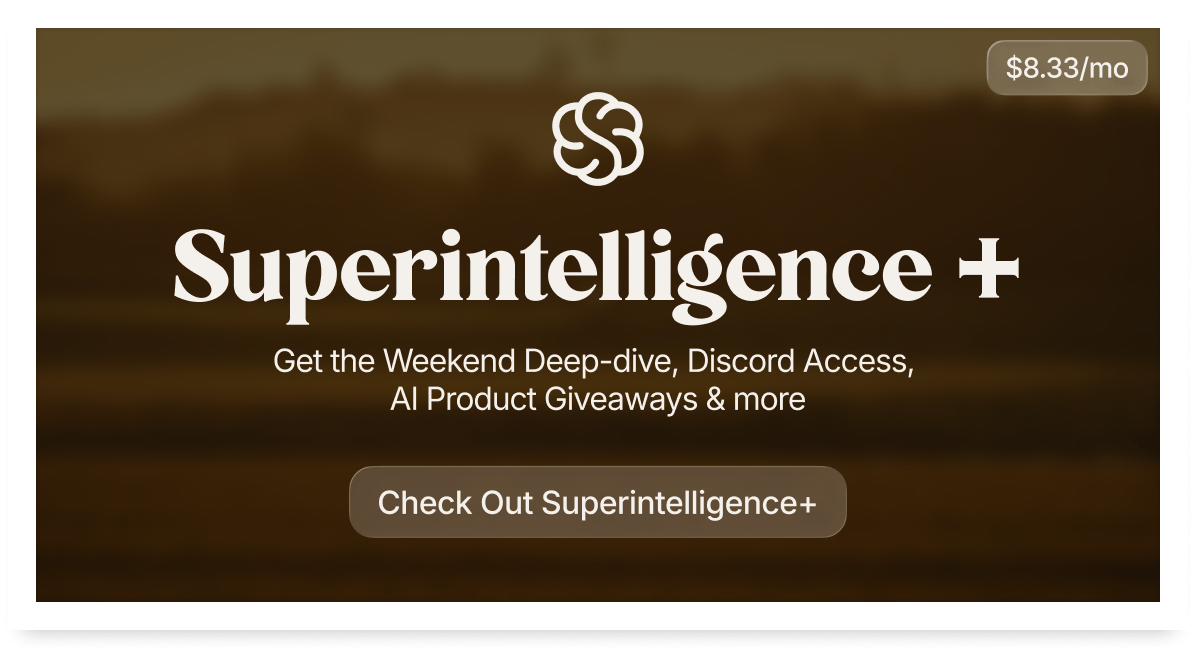
Dear Readers,
We’re standing at the edge of a strange new synthesis where quantum physics whispers to AI, and biology begins to debug itself. This week, Google’s Quantum Echoes experiment didn’t just prove a theoretical point, it might have cracked open a new era of computation that’s both verifiable and wildly fast. At the same time, in biology’s digital twin, scientists are building “virtual cells” that think, adapt, and evolve inside computers. The line between what’s simulated and what’s alive has never looked thinner.
In today’s issue, we explore how these shifts reshape everything from life sciences to labor. Amazon gears up to replace hundreds of thousands of workers with robots, Meta reshuffles its AI empire under a “superintelligence” banner, and the humble naked mole-rat quietly reveals a path to longer human life. Add in smarter mRNA vaccines and GLP-1 drugs that might slow aging itself and you’ve got a snapshot of a future where code, cells, and consciousness start to rhyme. Dive in and see what’s coming next.
Tomorrow's edition will be particularly exciting. Instead of the regular topics, there will be an exclusive interview with Kari Briski, the vice president of generative AI software for enterprise at NVIDIA!

In Today’s Issue:
⚛️ Google's Quantum Echoes algorithm achieves quantum advantage
🧬 Naked mole-rat DNA repair insights are unlocking clues
💉 Next-gen mRNA vaccines are getting smarter
💊 GLP-1 drugs are now showing promise in targeting aging pathways
✨ And more AI goodness…
All the best,



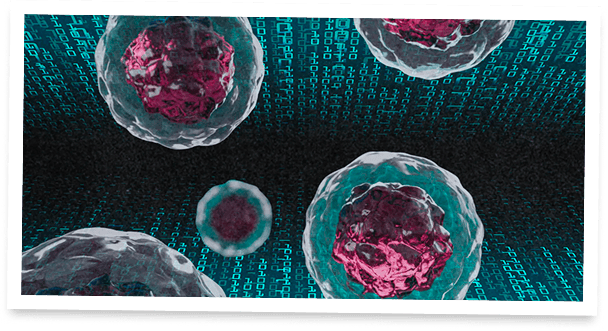
Building Life Inside a Computer
Scientists are trying to create “virtual cells”, digital replicas that mimic how living cells work using AI and huge amounts of biological data. The idea is to simulate diseases, test drugs, and even predict how our bodies react to treatments, all without touching a lab bench. It’s still early days, but if it works, it could completely change how medicine is discovered.
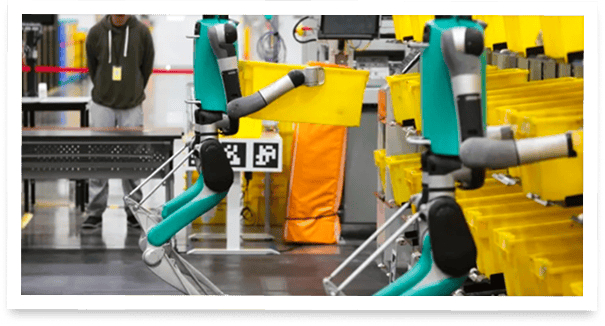
Amazon Plans Mass Robot Replacements
Amazon allegedly aims to replace more than 600,000 U.S. workers with robotics by 2033, according to leaked internal documents. The company expects automation of up to 75% of operations, with about 160,000 roles slated to be cut by 2027, and savings of roughly US$12.6 billion from 2025-27.

Meta AI Cuts 600 Jobs, Pivots Focus
This is serious: After Alexandr Wang took over the new superintelligence department at Meta, he laid the axe to Yann Lecun's research department FAIR. Meta is laying off around 600 employees across its AI divisions including its research unit, product-AI and infrastructure teams How long will Lecun stay at Meta before he's had enough?


Meta prevents other AI models from being used via WhatsApp to promote its own model distribution.



Quantum Echoes Unlock AI-Quantum Synergy
The Takeaway
👉 Google’s Willow chip + Quantum Echoes algorithm achieved ~13,000× speed-up vs classical supercomputers (verifiable quantum advantage) – showing quantum computing’s growing credibility.
👉 The “echo” method (forward → perturb → reverse) amplifies quantum effects, enabling simulation of molecular systems and making quantum results verifiable.
👉 For AI practitioners: quantum simulation may soon generate datasets, features or models inaccessible to classical computing — prepare for hybrid quantum-AI workflows.
👉 Stay tuned: as quantum hardware scales and error-rates shrink, the line between “AI on classical data” and “AI empowered by quantum data” may blur sooner than you think.
Lightning-fast and verifiable: that’s a good way to describe the recent quantum-computing leap by Google Quantum AI, and it matters a lot for the AI crowd. They introduced a new algorithm called Quantum Echoes running on the 105-qubit Willow chip, and the result is something like: classical supercomputers would take years (or longer) for a job that Willow finished in minutes.

Here’s the gist in plain language: quantum bits (qubits) can explore many states at once, unlike classical bits. What Quantum Echoes does is run a computation forward, then perturb one qubit, then run it backwards (“echo”-style) and compare the results, that helps amplify subtle quantum effects.
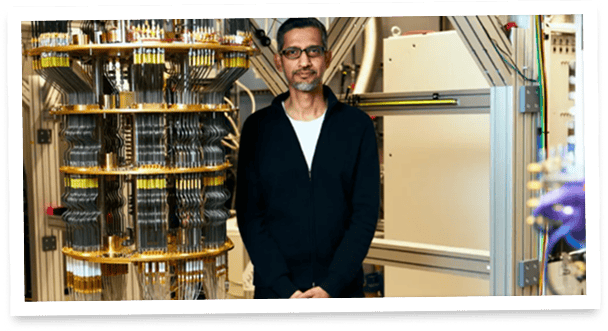
For the AI community, this is exciting: one, better quantum hardware means new kinds of datasets and models might become viable; two, these quantum simulations tie directly to molecules, materials, and thus domains where AI meets physical science. If you’re working with AI-driven discovery (drugs, materials, chemistry), this development inches us closer to new frontiers.
Why it matters: It illustrates that quantum computing is shifting from novelty to credible tool, not just “can do weird benchmarks” but tasks that are verifiable. And AI stands to benefit because quantum-enabled simulations and data could feed entirely new architectures or discovery paths!


Master ChatGPT for Work Success
ChatGPT is revolutionizing how we work, but most people barely scratch the surface. Subscribe to Mindstream for free and unlock 5 essential resources including templates, workflows, and expert strategies for 2025. Whether you're writing emails, analyzing data, or streamlining tasks, this bundle shows you exactly how to save hours every week.



Naked Mole-Rat Unlocks Human Longevity
Researchers discovered that the exceptionally long-lived rodent naked mole‑rat uses a modified DNA-repair enzyme (cGAS) with four key amino-acid changes that let it efficiently fix double-strand DNA breaks, when this version was placed into human / mouse cells or fruit flies they showed improved repair, less aging markers or a longer life.
This offers a tangible clue for boosting human health span: if we can safely tweak our DNA-repair pathways (especially disabling our cGAS’s inhibitory role) we might reduce cellular aging and organ decline.

Next-Gen mRNA Vaccines Get Smarter
Scientists are developing the next generation of mRNA vaccines that use engineered messages to create virus-like nanoparticles, driving stronger immune responses with fewer side-effects. Advances include lower doses, longer durability, better targeting of immune memory, and faster re-design for new pathogens.

GLP-1 Drugs Target Aging Itself
GLP-1 receptor agonists, known from diabetes and weight-loss treatments, appear to act on core aging pathways by improving mitochondrial health, lowering inflammation, and optimizing nutrient signaling. Clinical data show major drops in cardiovascular risk (13–26 %), kidney failure (16 %), and mortality (19 %), suggesting these drugs could extend both lifespan and health span.




